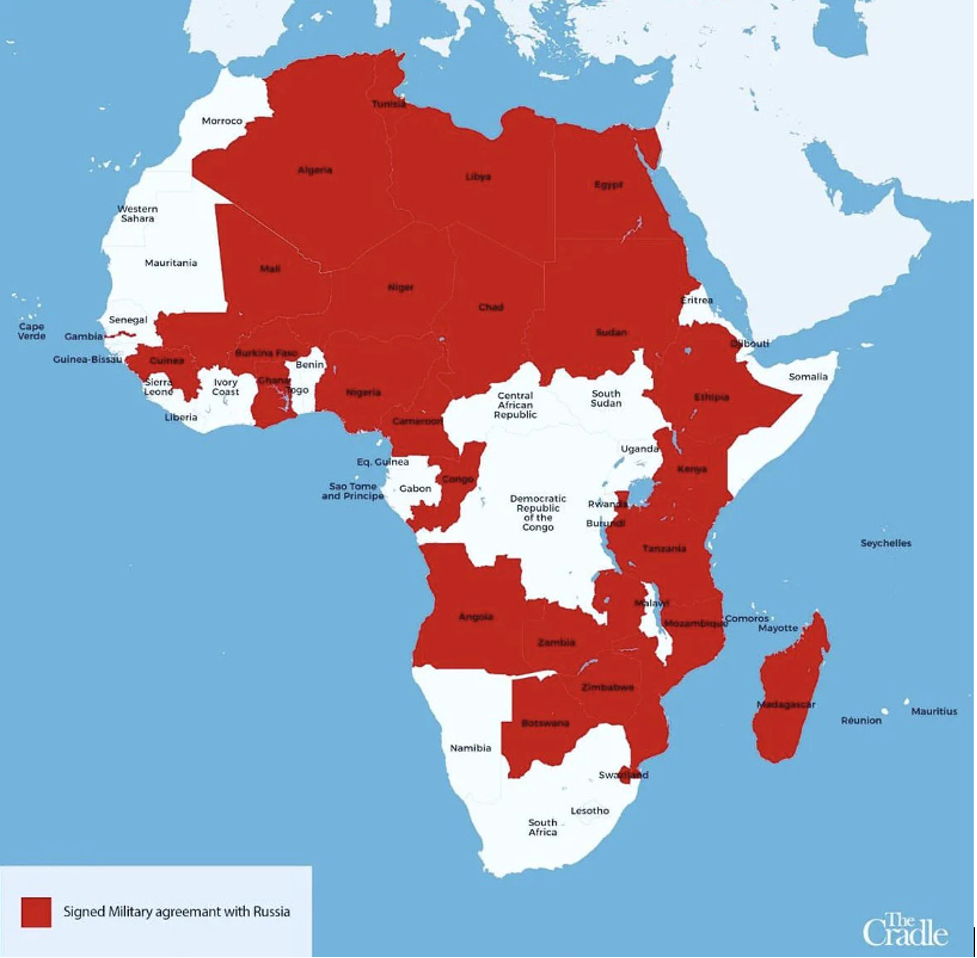Russian Strategy: The Africa-Ukraine Connection
The Wagner Group in Belarus and Kaliningrad and now getting more aggressive around the Suwalki Gap on the borders of Poland, Lithuania, Belarus, and Kaliningrad.
Most in the West have still never heard of the Suwalki Gap, let alone comprehend its extraordinary strategic importance to both NATO and Russia.
Fewer still seem to understand that Russia finances all this, and the war in Ukraine, and the expansion of their activities to vulnerable exclaves like Moldova, through their activities in Africa.
The Africa-Ukraine connection is central to understanding what is happening in Europe now.
The Wagner Group are getting more aggressive across Africa, fomenting coups, and taking control of valuable assets and cash flows to finance their operations in Europe. As the “Chef” Progozin, puts it, Wagner is making Africa “safer for freedom”.
They are also increasingly gathering recruits from Africa and organizing more weaponization of refugees. Africa is the source of the cash and resources that allow Wagner to expand its operations beyond Ukraine into neighboring locations, including the borderlands of Poland, Lithuania, Moldova, and Romania.
As Wagner gets control of a wide range of African nations by installing new leaders through coups, or aligning through military agreements, they get access to immense cash flows that no Western sanctions regime can touch.
Wagner is now very focused on Africa and behind the new leadership in Niger, Mali, Burkina Faso, Chad. Notice that Russia is also working closely with opponents of the current leadership in Sudan and Libya. It works closely with many African leaders in places like the Central African Republic. Here is a map of the various African nations that have signed military agreements with Russia.
Russia has been deepening its commercial ties with North Africa, too, most recently offering to help create and support a North African Free Trade area. Right after the Africa-Russia Summit a few days ago (the second one),
President Putin apparently called a Cabinet meeting. It’s reported that “Russia and four North African countries — Algeria, Egypt, Morocco and Tunisia — were working on a free trade area that would be integrated into the Eurasian Economic Union, an economic bloc comprising Russia, Armenia, Belarus, Kazakhstan, and Kyrgyzstan.”
Notice Wagner’s focus on the African nations that have Mediterranean shores.
How do the assets gathered in these red nations on the map above make their way back to Russia? Via the Mediterranean and Crimea or the Mediterranean and overland via Syria and Turkey.
All these routes converge on The Black Sea, which is now becoming an increasingly contested spacebetween NATO and Russia, especially since the breakdown of the Black Sea Grain Initiative.
To remind everyone, that deal had permitted some 33 million metric tons of food through Ukrainian ports, in spite of the war, according to the UN. Russia is blockading the Black Sea ostensibly to stop supplies and weapons from reaching Ukraine but perhaps also to ensure safe passage of supplies and weapons to Russia.
As a result, The Black Sea is becoming a far more contested space. The headquarters of Russia’s Black Sea Fleet at Novorossiysk has just been devastated by a massive fire, probably thanks to Ukrainian drones.
This is also a major cargo and energy port.
Just the day before that incident, Ex-U.S. Admiral James Stavridis, NATO’s former Supreme Allied Commander Europe, did an interview with Politico where he said, “Russia’s actions in the international waters of the Black Sea create a real risk of escalating this to a war at sea between NATO and the Russian Federation.
For the rest of the article, subscribe here:
https://drpippa.substack.com/?utm_source=substack&utm_medium=web&utm_campaign=substack_profile

